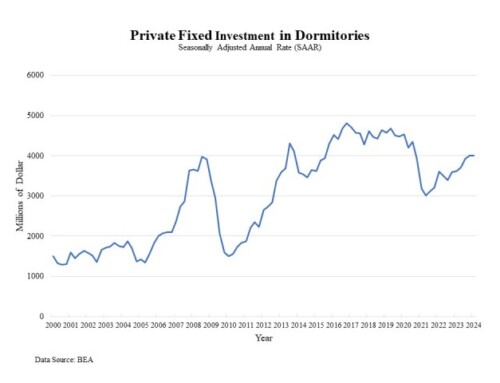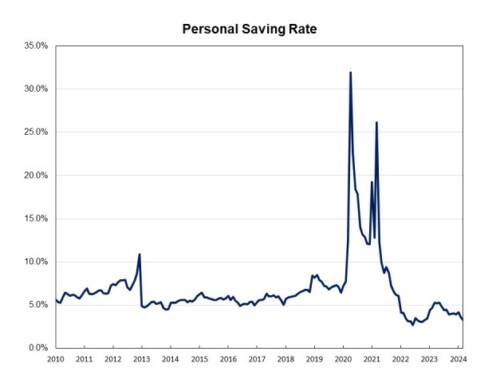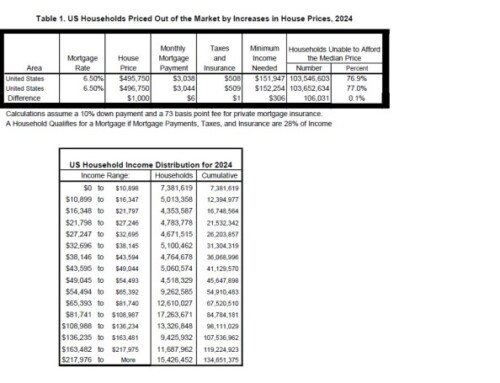Remote Work Trends After the Pandemic
The COVID-19 pandemic created dramatic changes in the share of people working from home, which has remained elevated even after the pandemic. Prior to the pandemic, only 5.7% of the U.S. workforce was working from home. This figure jumped to 17.9% in 2021 during the peak of the pandemic and decreased slightly to 15.2% in 2022, when the pandemic came to an end.
Compared to a typical American worker, people who work from home are older, wealthier, and earn higher income. The median age of people who work from home is 43.2, compared to 41.5 for the total labor force. In 2022, half of these workers earned $69,180 or more. In comparison, the national median earnings were $46,365. Remote workers have more assets, with 72.1% living in owner-occupied homes compared to two-thirds of the overall labor force. Around 95.4% of remote workers own a car, even though they do not commute to work. It is almost the same percentage as among the general work force.
| Characteristics | Total Labor Force | Worked From Home |
| Workers 16+ years old | 160,577,736 | 24,381,732 |
| Median age | 41.5 | 43.2 |
| Median earnings in past 12 months | $46,365 | $69,180 |
| Householders living in owner-occupied housing units | 67.6% | 72.1% |
| Share with vehicles available | 95.6% | 95.4% |
Remote workers are concentrated in the information, professional and financial services. 36% of those in the information industry, 32.8% in finance, insurance and real estate, and 32.6% in professional services work primarily from home. Similarly, a large majority of remote workers (65%) have occupations in management, business, science, and the arts. Occupations that require interactions with the public and/or that don’t require a computer are much less likely to be performed at home. These include construction, maintenance, and transportation occupations.
The geographic distribution of remote work is significantly influenced by the types of industries and occupations that are prevalent locally. The map below shows the changes in remote workers by metro areas. The most significant gains from 2019 to 2022 in remote workers were in San Jose metro area (395%), Washington DC metro area (305%), Seattle metro area (300%). These metro areas have a high concentration of technology, finance, and professional services industries.
Discover more from Eye On Housing
Subscribe to get the latest posts to your email.







